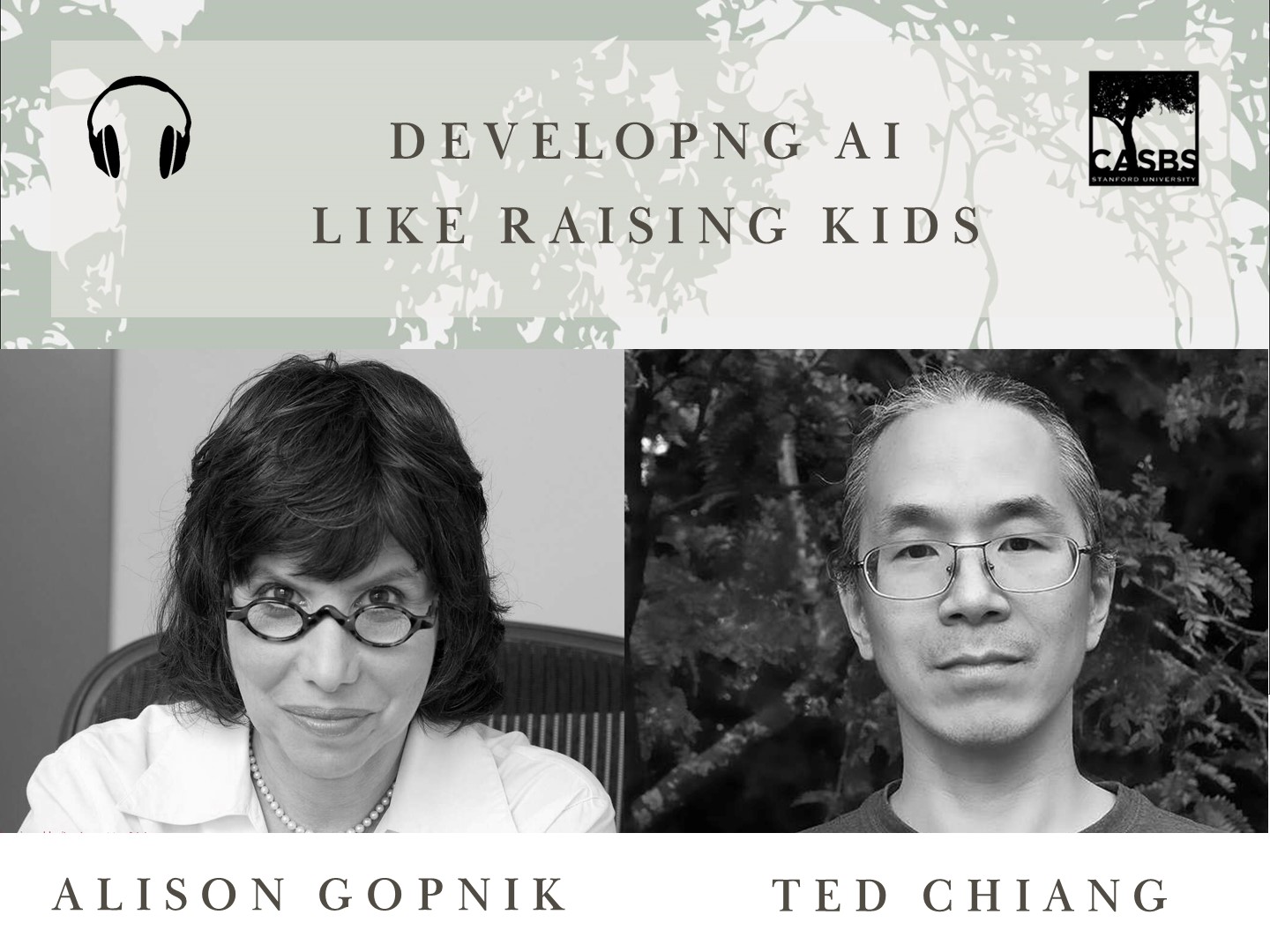I am the Program Director at the Center for Advanced Study in the Behavioral Sciences (CASBS) at Stanford University. At CASBS, I direct a portfolio of projects to address major societal challenges. I earned my Ph.D. from Columbia University, my master’s from Harvard University, and my bachelor’s degree from the Maxwell School of Citizenship and Public Affairs at Syracuse University. My work and research—most recently—explores the relationship between civil society and governance, technology, and sustainability. My work has appeared in Daedalus (Feb. 2023), Journal of Religion, Religion & Literature, and Harvard Divinity Bulletin, among other print and online publications. I have taught courses in ethics, religion, and philosophy at Mount Allison University, where I served as an Assistant Professor, and Columbia University, where I served as Mellon Interdisciplinary Fellow at the Interdisciplinary Center for Innovative Theory and Empirics (INCITE).

Program Leadership
At CASBS, I lead interdisciplinary and intersectoral programs – with budgets totaling over two million dollars – to strengthen democratic governance, embed ethics in technology, and ensure sustainable livelihoods.
Program Outreach
Education
Ph.D. Columbia University
-Department of Religion
M.T.S. Harvard University
-Master of Theological Studies, Harvard Divinity School
B.A. Syracuse University
-International Relations, Maxwell School of Citizenship and Public Affairs
-Honors in Religious Studies, Arts & Sciences
-Minor in Photo Journalism, S.I. Newhouse School of Communications
-Magna cum laude, phi beta kappa
Grants
At CASBS, I’ve written and co-authored successful grant proposals with awards totaling $4,193,950, managing relations with internal funding sources, other universities, non-profit organizations, private-sector leaders, our Board of Directors, and philanthropic foundations.
Creating a New Moral Political Economy – The William and Flora Hewlett Foundation
Understanding Caregiving: Biology, Psychology, & Policy – The Templeton World Charity Foundation
The Social Science of Caregiving – The Alfred P. Sloan Foundation
Ethical Partnerships for Humans, Nature, and Machines – Stanford University: Ethics, Society, and Technology Hub
Imagining Adaptive Societies – Stanford University: Changing Human Experience Initiative
The enCOREage project – The Alfred P. Sloan Foundation
The enCOREage project – The William and Flora Hewlett Foundation
Advancing the Science of Organizations – The National Science Foundation
Toward a Theory of AI Practice – The Rockefeller Foundation
CASBS CORE Support Grant – The Ford Foundation















